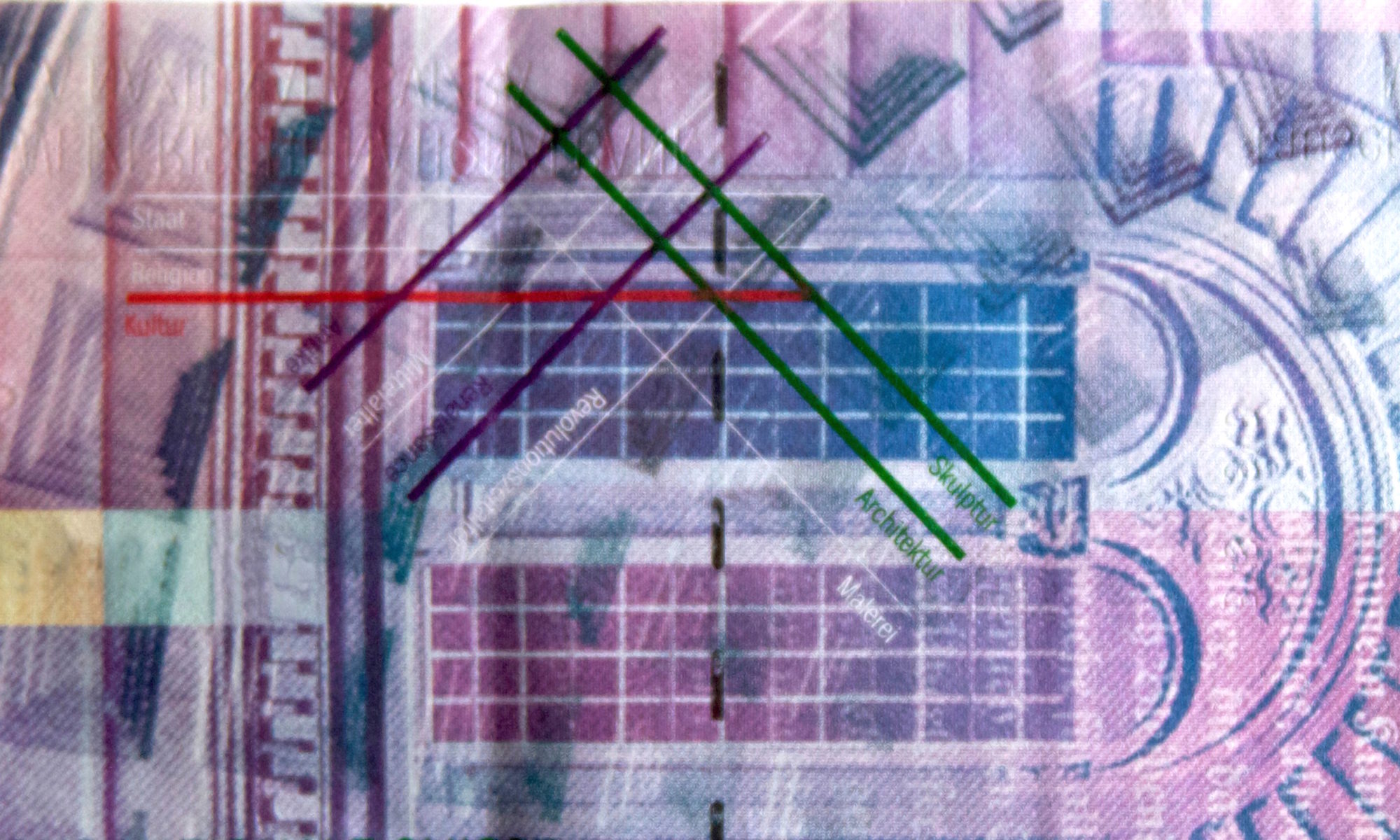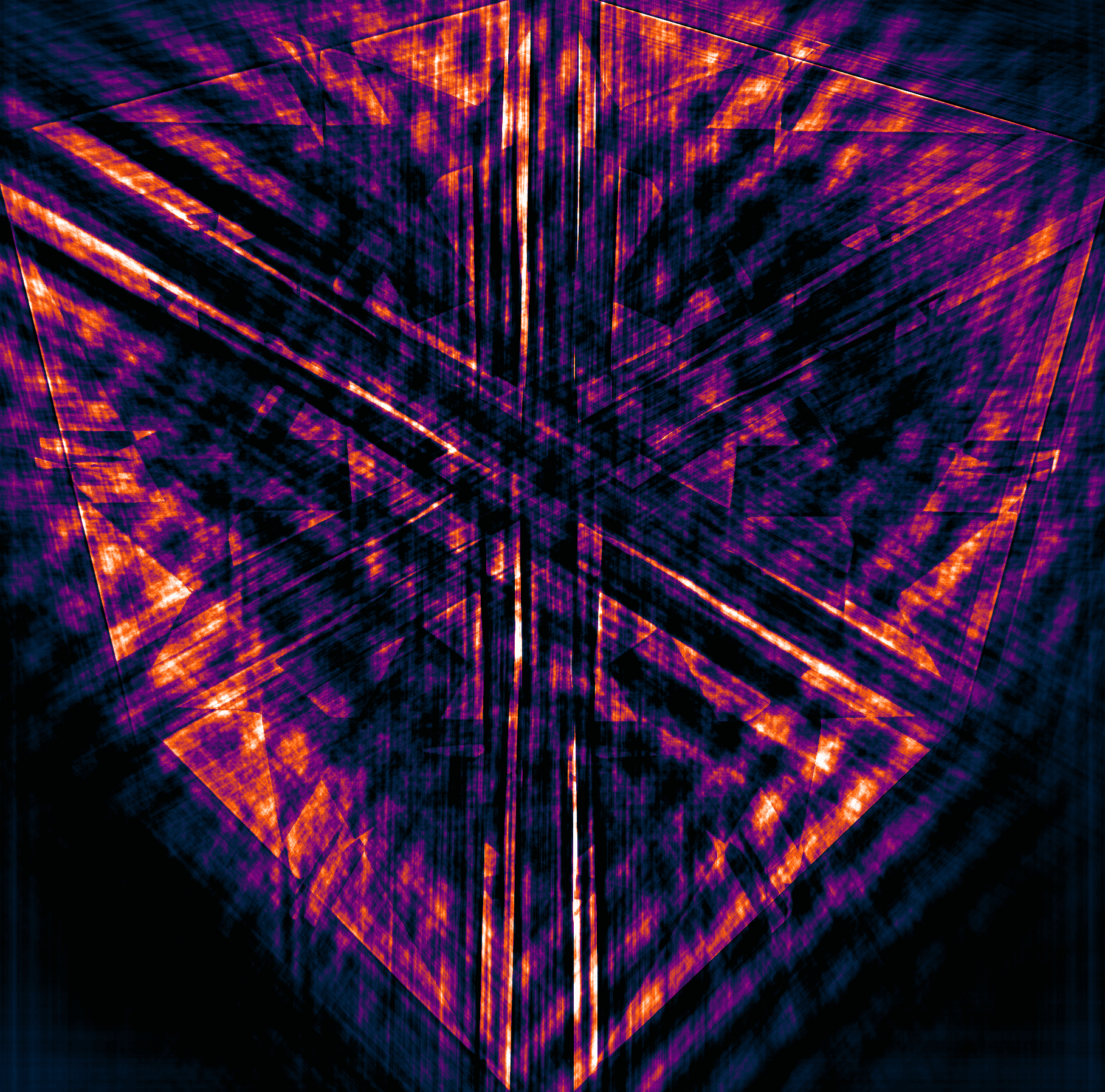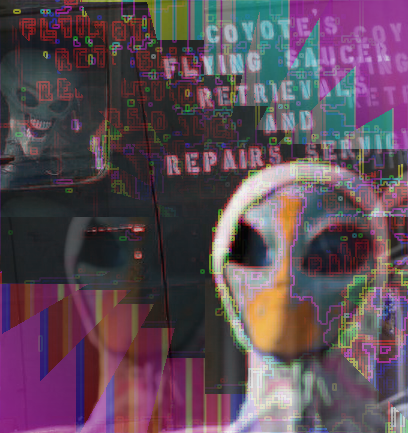Audio Cover Images
G TEST
Torus Double Drop
Model Roundup
An Ongoing List of Temporal Architectures
Temporal Consciousness
Three Models of Temporal Consciousness(Dainton)
(Stanford Encyclopedia of Philosophy)
In our ordinary experience, over brief intervals, we seem to be directly aware of temporally extended phenomena such as change, persistence and succession.
Expand text...When we see a friend waving goodbye, do we infer that their arm is moving, on the basis of having observed a motionless arm occupying a sequence of adjacent spatial location? We do make such inferences of this kind: if I see that my neighbour’s dustbin is in the middle of the road rather than its usual position on the pavement, I (rightly) infer that it has been moved. But the case in question is not at all like this: what we see is simply an arm in motion. (Is it for nothing that cinema is often called ‘the moving image’?) The same applies in other sensory modalities. When listening to a melody, we hear each note giving way to its successor; when we hear a sustained violin tone, we hear the tone continuing on, from moment to moment. If temporally extended occurrences such as these can feature in our immediate experience, it is natural to conclude that our awareness must be capable of embracing a temporal interval.
While this may seem obvious, it can also seem problematic. We can remember the past and anticipate the future, but we are only directly aware of what is present – or so it is natural to say and suppose. But the present, strictly speaking, is momentary. So if our awareness is confined to the present, our awareness must itself lack temporal depth. Hence we are led swiftly to the conclusion that our direct awareness cannot possibly encompass phenomena possessing temporal extension. We are thus confronted with a conundrum: it seems our awareness must extend over time, but it seems it can’t.
In grappling with this ‘paradox of temporal awareness’ as it is sometimes called, different philosophers have proposed quite different accounts (or models) of the structure of temporal consciousness. Simplifying somewhat, the most commonly favoured options fall into three main categories:
Cinematic Model: our immediate awareness lacks any (or any significant) temporal extension, and the same applies to the contents of which we are directly aware – they are akin to static, motion-free ‘snapshots’ or ‘stills’. Our streams of consciousness are composed of continuous successions of these momentary states of consciousness. In this respect they are analogous to movies, which (as displayed) consist of rapid sequences of still images.
Retentional Model: our experiencing of change and succession occurs within episodes of consciousness which themselves lack temporal extension, but whose contents present (or represent) temporally extended intervals and phenomena. These episodes thus have a complex structure, comprising momentary phases of immediate experience, along with representations (or retentions) of the recent past. Our streams of consciousness are composed of successions of these momentary states.
Extensional Model: our episodes of experiencing are themselves temporally extended, and are thus able to incorporate change and persistence in a quite straightforward way. Our streams of consciousness are composed of successions of these extended ‘chunks’ of experience.
These labels are not standard – in this field there is little by way of terminological uniformity – but they are as apt as any. All three models are depicted in Figure 1 below. In each of the diagrams the horizontal line represents ordinary clock-time. Although the Retentional and Cinematic models both trade in momentary (or very brief) states of consciousness – in the diagrams such states are represented by thin vertical lines – these states are construed very differently. In the Cinematic case the momentary contents seem momentary, and are static (they contain no discernible motion or change); in the Retentional case the contents appear to possess a brief temporal depth, containing as they do experienced change and succession – hence the backward pointing arrows, intended to signify the way in which the recent past is supposedly ‘retained’ in present consciousness.
Source: Temporal Consciousness (Stanford Encyclopedia of Philosophy)
The Burning Fuse Model of Unbecoming in Time. (Norton)
In the burning fuse model of unbecoming in time, the future is real and the past is unreal. It is used to motivate the idea that there is something unbecoming in the present literature on the metaphysics of time: its focus is merely the assigning of a label “real.”
–John D. Norton
 Solid Rocket Boosters (SRBs)
Solid Rocket Boosters (SRBs)
The Burning Fuse model reminded me of how rockets using solid fuel always burn all propellant to exhaustion. Once started, the reaction cannot be stopped by anything other than the absence of fuel. There is no “off” switch.
Einstein’s Zurich Notebook
Angles of Incidence
CRX § 2.0 – Preliminary Remarks
The Intention
CRX is an ongoing meditation on how to think (about) time in a way that corresponds how it is experienced. In addition to separate entries that post in other categories, according to relevance, the writing specifically on Conversion, Recursion and Excursion is a piece that I have been and will be working on for some time. The focal point is to articulate a way of understanding time phenomenologically. To start rendering the interrelated structure of present, past, and future, I currently use the terms Conversion, Recursion, and Excursion (C.R.X.)[1] Continue reading “CRX § 2.0 – Preliminary Remarks”
CRX § 2.1 – Conversion
“Meaning” is how things become intelligible. In addition to Kant’s method of unifying a manifold in accordance to the concept of an object, the point is to understand how things matter. It is not just that I connect and keep tack of different representations. More importantly, the question is about how I can care about any of it in the first place – why experience makes a difference to me, at all? To understand this difference, generally, I am partial to Heidegger’s approach advocating the centrality of time. The experience of time provides a handle, or telescopic tool of sorts, to scale the question over multiple granularities and orders of magnitude. Ideally, the structure of time should stay the same through different durations of experience, making the rules of one also apply to the other. What applies to the example of a melody will, ex hypothesi, reach beyond just listening to music. The next few entries will focus on articulating how things become intelligible in accordance to time experienced, respectively, in the modes of being present, past and future. This post deals with experience of the present, which is the Conversion part of CRX.
Conversion means to convey the sense in which the present is a turning-together of different temporal phases — their synchronous concurrence. Conversion describes the gathering of the present; it is the unity of the present with the modes of being past and future. Conversion is how the experience of time corresponds with itself, like a limit or nexus of merging difference. Conversion is like the interface of experience: it is why the time is always now, right now. With Conversion I intend to provide an account of time that applies both to different durations, or ontic degrees of difference, and also to ontological time itself.
Empirically, on the ontic level, the working example asks how it is possible to have the experience of listening to music? Specifically, how can I experience a sequence of individual notes that together are unified to produce a melody? In order to experience a melody, I have to recognize individual notes before being able to unify them as such. I do not need perfect pitch, just the ability to distinguish relative differences thereof. Already, discerning individual notes is complicated, as mentioned in the previous post, even before comparing the differences between them becomes possible. The question remains, how are the notes experienced as parts of a whole?
Cue: “Is that all there is?” When I listen to the last strophe of the song “…if that’s all there…” as the penultimate word is being sung, it is as though the song itself calls for participation in its own completion. The words and notes together cajole and tease the audience with rising anticipation to finally release that otherwise absently dangling participle, singular present form of the verb to “be”. The resolution, ironically, fails to disappoint. How is this possible?
At the second to last moment, in order to feel some anticipation for completion, it is not sufficient to only be presented with that which is “… there…” The final “…is” can only be anticipated from “…there…” when “if that’s all…” is experienced before it as having just occurred. Throughout the entire song, we are always anticipating what comes next in virtue of also being directed toward that which was before. The exchange between the future and the past informs the way in which the present is experienced. The present is always somehow connected to the past and future. This is Conversion.
Next, I will deal with how Conversion merges different temporal phases, starting with the past. With respect to the example, how is it possible that at any point in time, the current experience of a musical note is always informed by what was just played before? How is the present always and already connected to the past?
CRX § 2.2 – Recursion
Time lends itself to the language of currents, electricity, weather, non-linear, complex and dynamical systems. Conversion corresponds with thinking in this way, favoring dynamic interrelation over discrete mechanisms in order to describe the experience of time. The mode of being present is like the crest of a wave that’s function expresses the convergence of three interrelated phases. Conversion conveys this dynamic and interrelated unity of the present. If Conversion characterizes the unity of different phases, then what informs the distinction between them is the part of Recursion.
Recursion describes the transition from one phase to the other. Recursion is how Conversion always turns-together with itself as already having been, again, both different and the same. Like how the past itself was once present, the mode of being present has always and already been. Recursion is how the mode of being present “runs-back” upon itself in order to be experienced again, with Conversion, in the mode of being past. Recursion is how now becomes now-again.
In a previous post, I mentioned how experience in the mode of being past (Recursion) is distinct from memories. I think this is important to keep in mind. Now, you can remember reading about the difference, or not. Either way, there exists a mode of accessing the past before any distinction thereof can be verified. Every moment always is and already was open to the past, as the condition on having a memory in the first place.
Recursion is the experience of reaching into the past, prior to when grasping and forming a memory is possible. Memories refer to events in the past, however, they occur in the mode of being present. Recursion does not simply refer to events in the past; instead, it is the way I experience the mode of being past. Recursion antecedes any determinate thought about it — it is just always and already there. This is difficult to describe because, phenomenologically, there is practically nothing “there” to indicate for direct demonstration.
Phenomenologically, the mode of being past is so radically different from what is otherwise present, that nothing really approximates its proper description. Recursion is like the instant just before you actually remember something. It is like the feeling of déjà-vu: a horizon of alreadyness and vertiginous moment just on the cusp of recognition. Complicating things, this indeterminate way of experiencing the past is diametrically opposed to the way we conceive of it as being entirely determined and/or determining. Recent discoveries in sciences like physics, however, make these phenomenological claims seem less untenably outlandish, I think.
Recursion allows Conversion to run back through the past and return again to the present. It is this transition from present to past, back and forth, that I think primarily constitutes Recursion. The problem is explaining how this is possible? See: Recursion.































